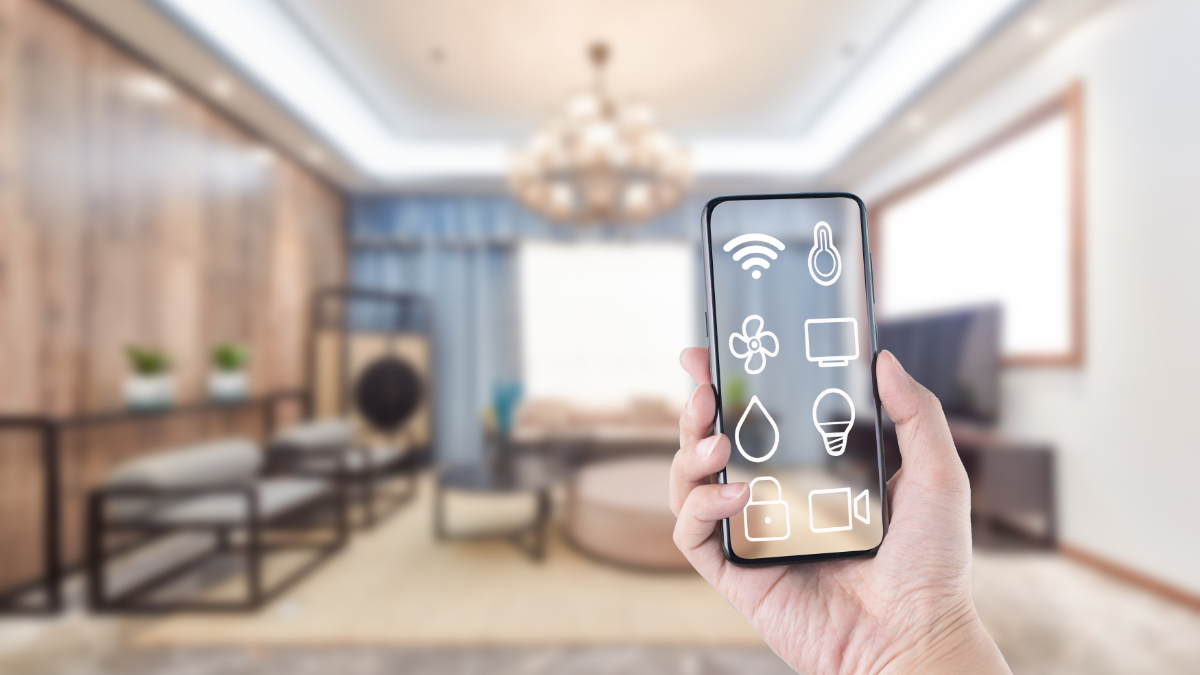In today's fast-paced world, the integration of technology into our daily lives is more significant than ever before. For homeowners and businesses alike, knowing how to connect smart devices together can transform ordinary spaces into efficient, automated environments. By understanding the intricacies of device connectivity, you can unlock the full potential of your smart home or office.
Smart Home Integration can be quite straightforward when approached with the right strategy.

Understanding the Basics of Smart Device Connectivity
The journey to connecting smart devices begins with understanding the various communication protocols involved. Most smart devices use Wi-Fi, Bluetooth, Zigbee, or Z-Wave to communicate with each other. These protocols allow devices to send and receive data, enabling them to perform tasks autonomously or as part of a networked system.
According to Gearbrain, choosing the right ecosystem is crucial for seamless integration.
Wi-Fi and Bluetooth
Wi-Fi and Bluetooth are the most common protocols found in smart homes and offices. Wi-Fi provides a wide range and high-speed connectivity, making it ideal for devices that require constant internet access. Bluetooth, on the other hand, is perfect for devices that need to connect locally without a direct internet connection.
Ensuring a stable Wi-Fi network is essential. You may consider reading about Smart Homes Offline to understand how devices can function without constant internet.
Zigbee and Z-Wave
Zigbee and Z-Wave are less common but offer unique benefits for specific smart home applications. Zigbee is often used for its low power consumption and strong mesh networking capabilities, making it ideal for devices that operate on battery power. Z-Wave is known for its extended range and reliability, often used in home security systems.
Choosing the Right Smart Devices
Once you're familiar with the communication protocols, the next step is selecting the right devices. Consider what tasks you want to automate or simplify in your home or office. Whether it's lighting, security, or climate control, there's a smart device designed for your needs.
Exploring options specific to renters can be insightful. Check out Smart Home for Renters for tips on non-permanent installations.
Smart Hubs and Controllers
A smart hub can be the central node for your connected devices, allowing for seamless communication and control. Hubs like Samsung SmartThings, Amazon Echo Plus, or Google Nest Hub can act as the brain of your smart ecosystem, managing and automating multiple devices simultaneously.
For those interested in a comprehensive guide, TechRadar's Smart Home Guide is an excellent resource.
Smart Security Systems
Security is a top priority for many when considering smart home upgrades. Devices such as smart locks, cameras, and motion sensors can provide peace of mind and are often controlled via a centralized app or hub. Ensuring compatibility between these devices is crucial for a smooth operation.
Setting Up and Troubleshooting Your Smart Devices
Once you've chosen your devices, the next step is installation and setup. This process can vary significantly depending on the devices and brands. However, most manufacturers provide detailed instructions or apps to guide you through the process.
For a step-by-step installation guide, visit Vivint's Installation Guide.
Common Troubleshooting Tips
Even with a seamless setup, you might encounter issues. Common problems include connectivity issues, incompatible devices, and software glitches. It's essential to have a troubleshooting plan, which may involve resetting devices, checking for updates, or consulting manufacturer support.
Maximizing the Efficiency of Your Smart Devices
With your devices connected and running, it's time to optimize their efficiency. This involves customizing settings, automating routines, and using data analytics to monitor performance. By doing so, you can ensure your smart ecosystem runs smoothly and efficiently, saving time and energy.
To learn more about energy-saving devices, check Smart Devices Save Electricity.
Creating Automated Routines
Automation can transform how you interact with your smart home. By setting up routines, you can automate tasks like turning off lights when you leave a room or adjusting the thermostat based on the time of day. This not only enhances convenience but also contributes to energy savings.
Data Analytics for Smart Homes
Utilizing data analytics can provide insights into your smart home's performance. By analyzing usage data, you can identify patterns and make informed decisions about energy consumption and device efficiency, ultimately leading to cost savings and a more sustainable home environment.

FAQ
Can I connect different brands of smart devices together?
Yes, most smart devices are designed to be compatible across different brands, especially if they use common protocols like Wi-Fi or Bluetooth. However, it's always a good idea to check for compatibility before purchasing.
What should I do if my smart device loses connection?
If a device loses connection, try restarting it, checking your Wi-Fi network, or consulting the manufacturer's support for troubleshooting steps.
How can I ensure my smart home is secure?
Ensure your network is secure by using strong passwords, keeping firmware updated, and considering additional security measures like firewalls and VPNs.

